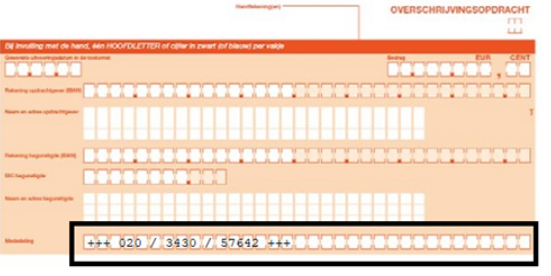
Background
While NetSuite’s field proposition is extensive for some regions, we are missing a very useful field for Belgium on both the invoice and bill.
In Belgium a common communication on invoice/bill is what is called a structured reference.
This reference is made of 12 digits with the last two digits being the modulo (Euclidean remainder) of the 10 first digits divided by 97. This is one of the bill features that are unfortunately missing from the template currently provided by NetSuite.
Functionalities
In order to fill this gap and assist our belgian customers with their day-to-day payment reconciliation, we created a three-step solution:
First, on the bill record itself we added a field that will contain the structured reference.
Upon saving, if the field has been filled in, a ClientScript will be checking the validity of the field. More precisely, it checks the length of the input number (12), the type of characters (only numeric) and the validity of the reference’s last two digits with relation to the first ten (mod 97). In case any of these conditions are not met, an alert will pop up and let the user know that the structured bill reference is incorrect and what rules they should follow.
This setup implies that the responsibility of correctly inputting the structured reference number will lay with the user, as the structured reference will not be automatically generated.
The second step is to enhance the SEPA Payment File Template for Belgium.
In the <RmtInf> tag we added the specific information that indicates the presence of a structured reference. This is associated with a condition that verifies whether there is a structured reference or not. We made sure that the structured reference would always be preferred to the regular reference.
Lastly, on the invoice we also added a reference field for Structured references
The field gets filled by a custom script after the invoice is submitted. So the reference remains unique, we use the invoice number to generate it. The structured reference will follow the same format as mentioned above, appearing on the Invoice that is sent to the customers.
Conclusion
This solution aims at addressing an issue that is frequently encountered by NetSuite users in Belgium. Thanks to these customizations, NetSuite users can properly generate payment files with a structured bill reference complying with the Belgium-specific requirements and send out invoices containing structured references.
These features were designed in a way that the user keeps control over that structured reference number and is liable for its conformity on the bill-side and auto generated on the invoice-side.
In short
- Compliant with Belgium SEPA specificities
- Structured reference selected by default
- User liability
A question? You would like to implement this solution?

